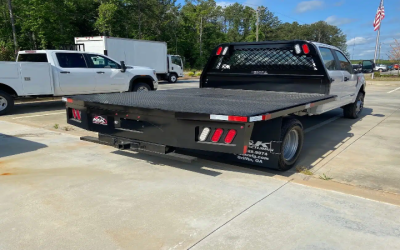If you want to measure more than one force and/or torque, you need a multi-axis sensor. Otherwise known as multi-component transducers or force-torque sensors, these devices can address such demands. Specific types include 3 axis load cells.
What Are 3 Axis Load Cells?
A 3 axis load cell is a single load cell type. It measures three forces at the same time – Fx, Fy and Fz, equally and independently in each of its axes (channels). Available in diverse sizes and capacity ranges, it is constructed to minimize any unusual loading effects. It also decreases the instances of crosstalk between axes.
This type of load cell can also be included as a characteristic of many compression, tension and bending beam load cells. This reflects their nature. These load cells, like others, are all customizable to meet the needs and demands of specific customers and applications.
Industrial and Scientific Applications
A 3-axis load cell is eminently suitable for a variety of applications. Industries and scientific concerns employ them in the following areas:
- Aerospace e. g. landing gear sensors
- Automotive research. This includes crash testing
- Biomechanical research
- Orthopedic research
- Packaging – force monitoring
- Robotics e. g. robot arm precision and force control
The use of 3 axis load cells embraces a variety of industries and types of work. It is used in medical precision testing and for industrial test benches. It is applied in the accurate checking of landing gear as well as used for measuring friction force and as a control for grinding force.


